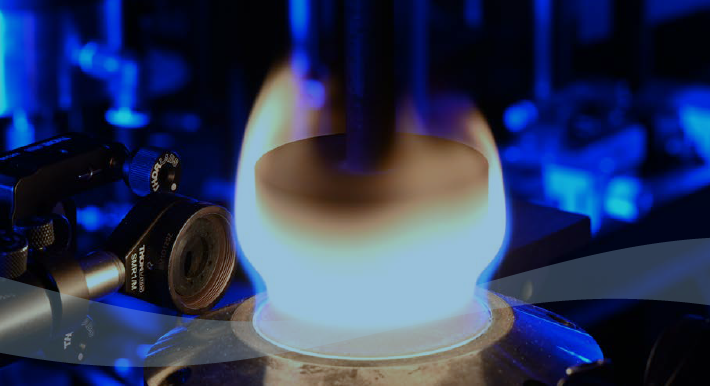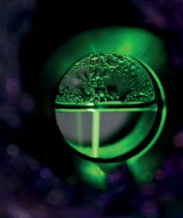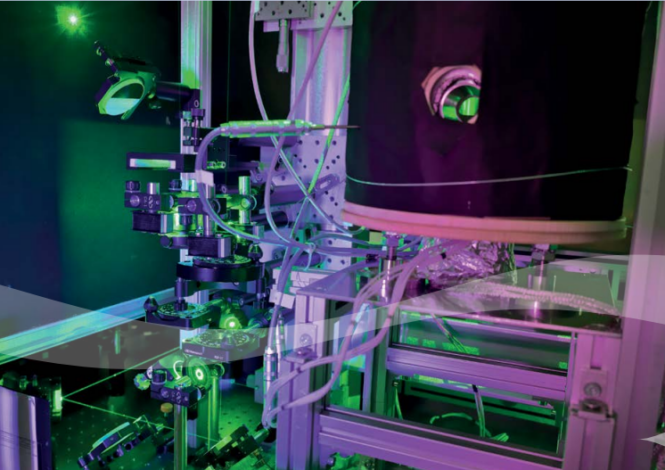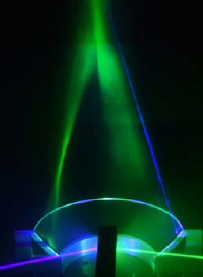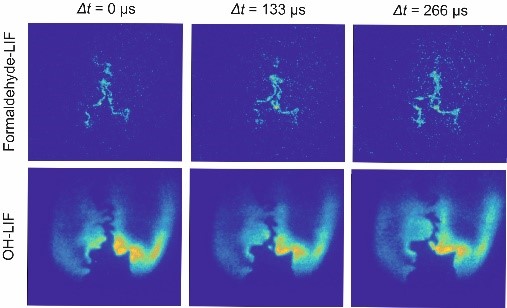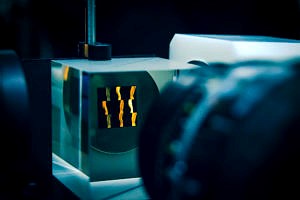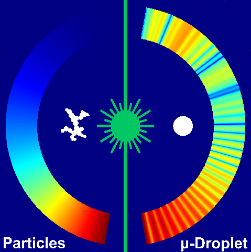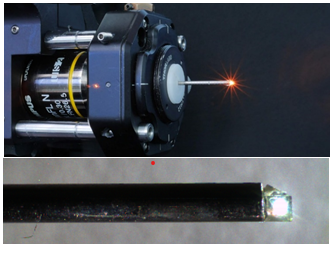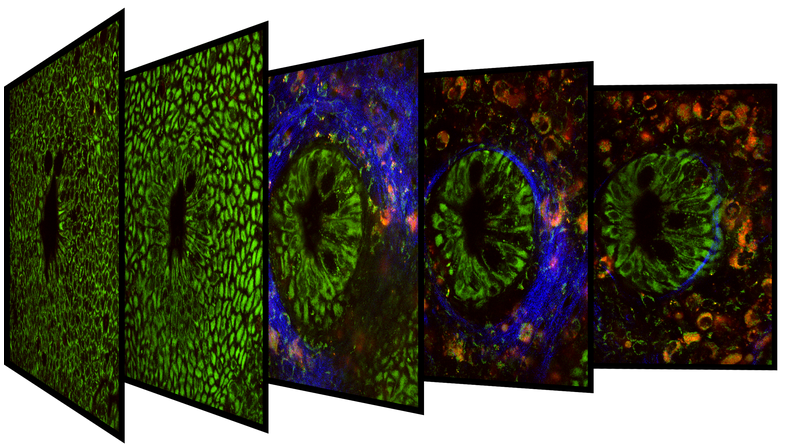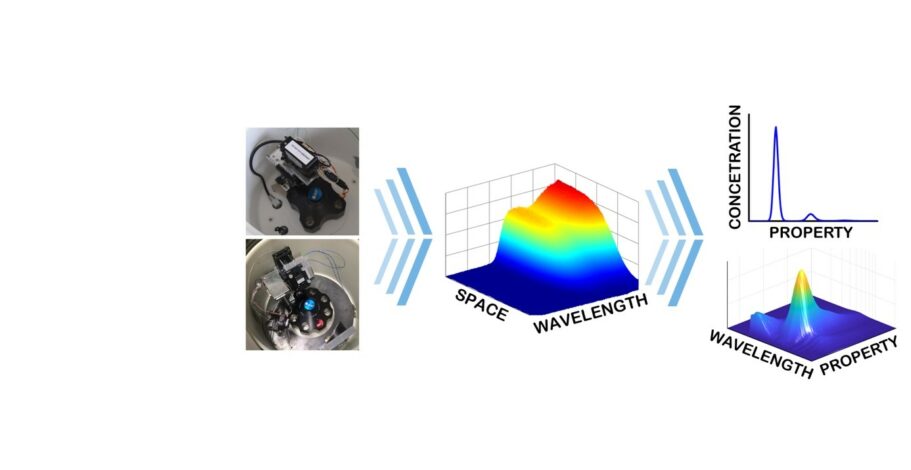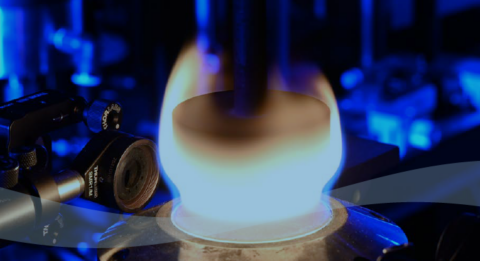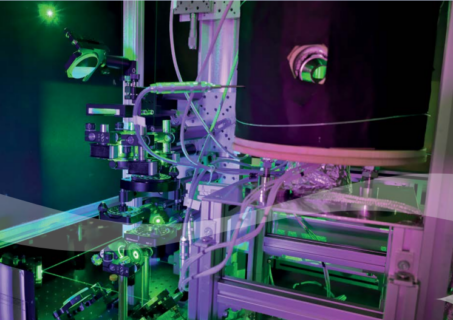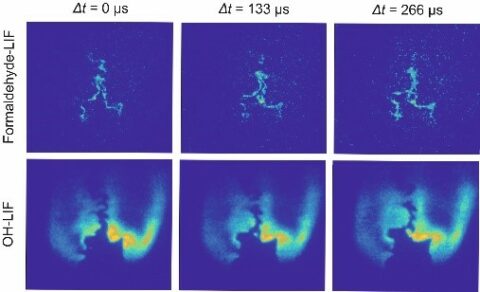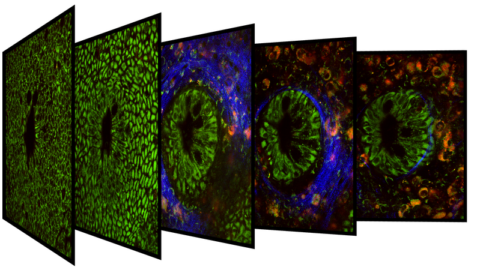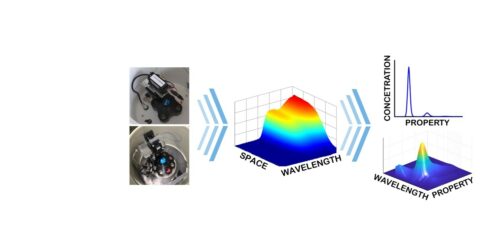Optical Technologies
Optical technologies
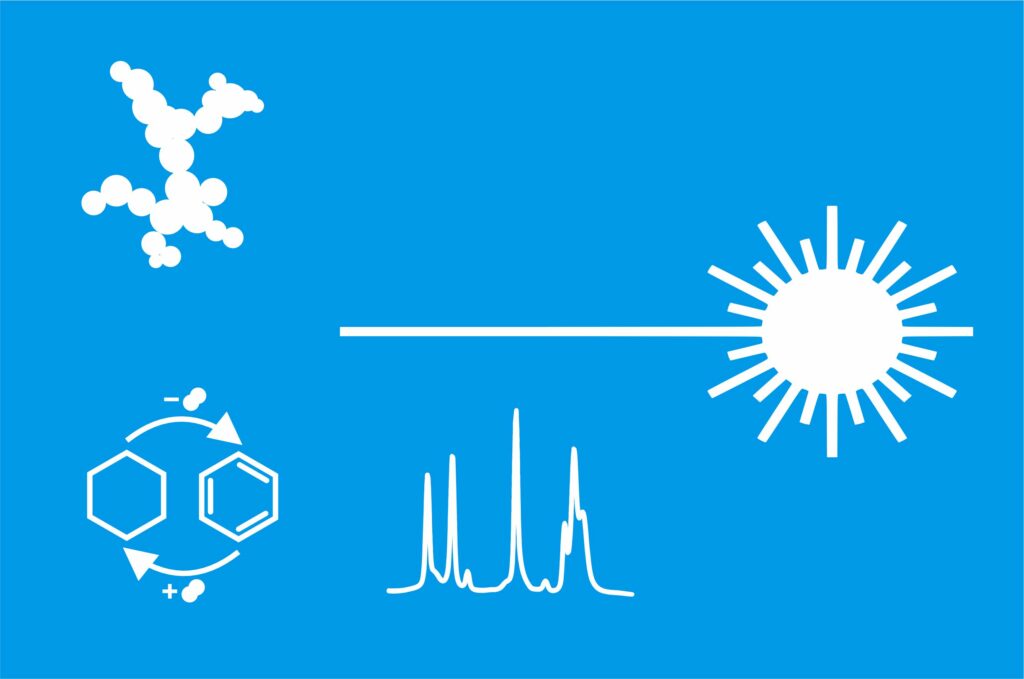 Advanced optical technologies play a vital role in the in-depth understanding of systems and processes in chemical and energy engineering and biotechnology, enabling comprehensive characterisation without disturbing the system or process. They can be used to provide essential information on properties of fluids, complex molecules, particles and tissue and enable in-process monitoring ranging from the nanoscale to large-scale industrial processes in real time.
Advanced optical technologies play a vital role in the in-depth understanding of systems and processes in chemical and energy engineering and biotechnology, enabling comprehensive characterisation without disturbing the system or process. They can be used to provide essential information on properties of fluids, complex molecules, particles and tissue and enable in-process monitoring ranging from the nanoscale to large-scale industrial processes in real time.
Methods (Scope)
At the Department CBI a large variety of optical techniques are developed and applied to gain deeper insight into systems and processes. They encompass a wide range of various light scattering and spectroscopic techniques, including different variants of Raman, absorption and fluorescence spectroscopy, light-sheet and imaging techniques and multiphoton methods. These are often combined with additional approaches to obtain further information, e.g., using specialized microscopy, tomographic methods and dedicated fibre-optics.
Highlights (Scientific scope)
The activities of the department CBI on Optical Technologies are centrally integrated into the corresponding research focus at FAU and closely linked to the Erlangen Graduate School in Advanced Optical Technologies (SAOT), the Optical Imaging Center Erlangen (OICE) and the CRC 1411 “Design of Particulate Products”, among others. The methods developed allow for the highly accurate determination of thermophysical properties, minimally invasive tissue imaging, monitoring of chemical reactions, reactive flows and particle formation processes, design of materials with defined optical properties, to name just a few of the many scientifically and technically relevant achievements at CBI.
